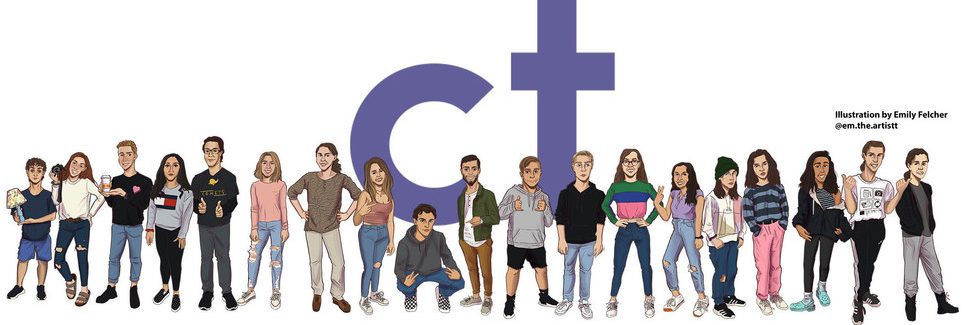The Black Effect at GLHS
March 12, 2022
“I’m good on any MLK Boulevard” is a lyric from the Jay-Z song the Black Effect. Some people might question the black effect at GLHS because the school has a small population of black and African-American students. The black effect is the impact the black population makes in a community.
The answer to that question is also debatable from person to person. Some people think the effect is small. Well, others might think it’s bigger than what most people perceive it to be. Whether that’s in sports, in student council, or even in our administration the effect can be seen anywhere and anywhere.
The effect can be seen by the music people listen to or by the clothes that they wear. Even the way some people speak by using Aave(African-American Vernacular English). A lot of trends, dances, and sayings are influenced by black culture.GLHS is not known for its diversity but does show some hints of black culture in the school.
GL is a great school district for education, sports, and opportunities, there is also a downfall in being in a PWI (primarily white institution) where black students are the minority. It can almost be a culture shock for people coming from a school like Waverly or Everett. However, every student has a different experience when coming to this school.
“I think my most positive experience in this school has been the diversity club,” Eula Mlay, a Junior at GLHS, said.
The GLHS Diversity club is a place where students of all different backgrounds can come together. Their purpose is to educate and share their personal experiences to form a sense of community.
While the school provides a space within the diversity club for the minority, there can also be negative experiences at GLHS. A thing that many black students and also other students of color run into is microaggressions. Microaggressions are described by NPR as “the everyday, subtle, intentional — and oftentimes unintentional — interactions or behaviors that communicate some sort of bias toward historically marginalized groups.”
In a classroom sense, being called the only other black girl’s name in class when you have two completely different skin tones, different names, and look nothing alike. The thing is it doesn’t seem to happen to the other white students in class. Students who grew up in a PWI since the beginning of their school career don’t know any better and think this is completely normal.
“[I] sometimes overlook little digs and realize later what someone said and it makes me want to go back,” Mlay said.
Things like microaggressions are unfortunately one of the main daily struggles of being a minority in a PWI.
Black students make their effect in many places like in the classroom and in the sports aspect. Whether they’re the leading scorer or top of their class, being the only minority on their sports team or in an Advanced Placement class shows younger students that they can make an impact too.

